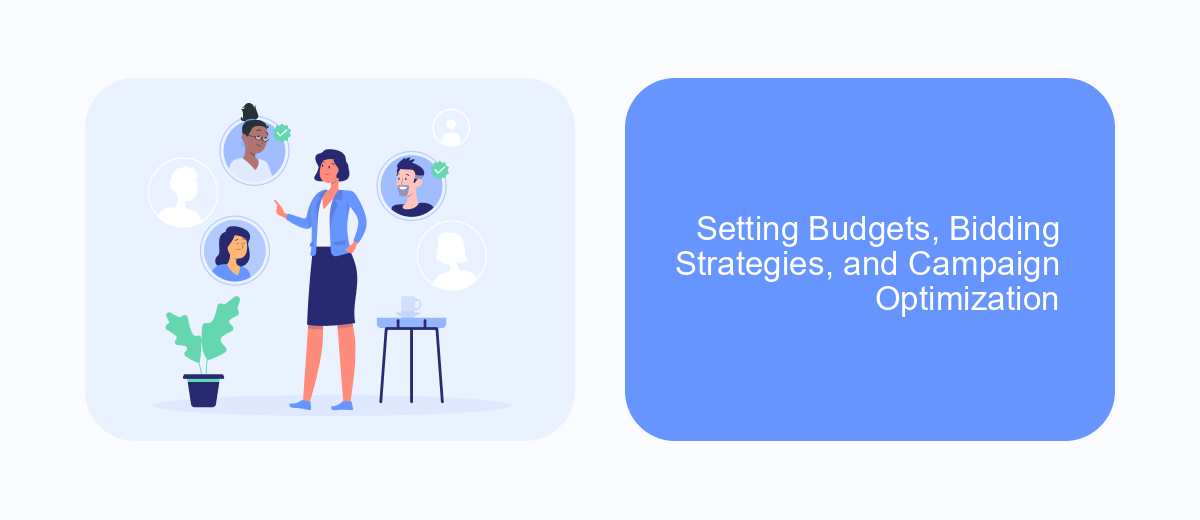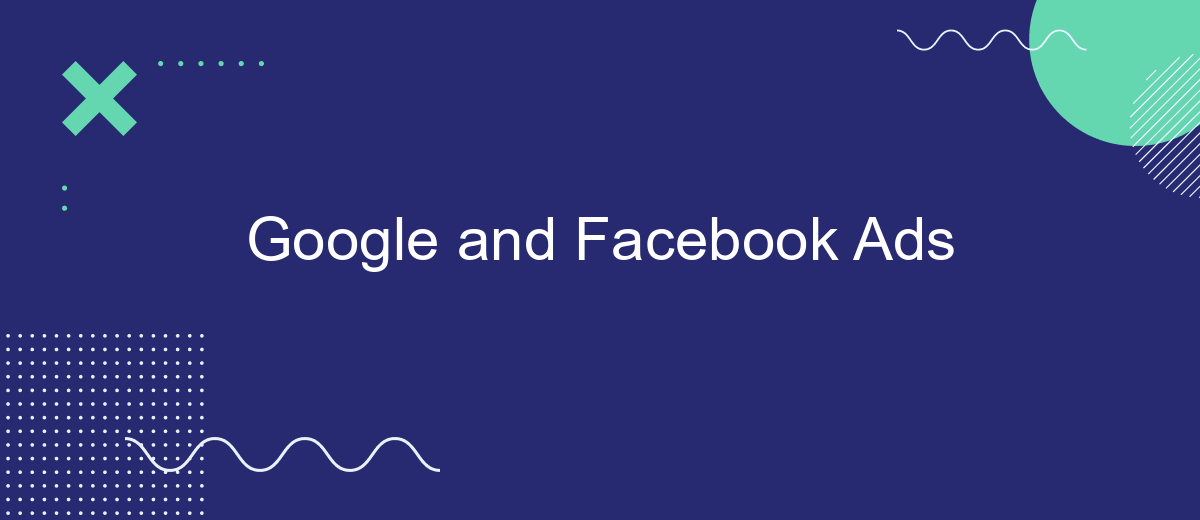In today's digital landscape, businesses are increasingly turning to online advertising to reach their target audiences effectively. Google and Facebook Ads have emerged as two of the most powerful platforms for digital marketing. With their vast user bases and sophisticated targeting options, these platforms offer unparalleled opportunities for businesses to enhance their visibility, drive traffic, and boost conversions. Understanding their unique features can help maximize advertising success.
Understanding the Platforms: Google Ads vs. Facebook Ads
When it comes to digital advertising, understanding the differences between Google Ads and Facebook Ads is crucial for optimizing marketing strategies. Google Ads, primarily focused on search intent, allows businesses to target users actively searching for specific products or services. In contrast, Facebook Ads leverage user data to target audiences based on interests, behaviors, and demographics, making it ideal for brand awareness and engagement.
- Google Ads: Best for targeting specific keywords and capturing high-intent leads.
- Facebook Ads: Excellent for reaching broader audiences and creating visually appealing ads.
- Cost Structure: Both platforms offer pay-per-click (PPC) models, but Facebook also provides cost-per-impression (CPM) options.
- Ad Formats: Google offers text-based ads, while Facebook excels in multimedia formats.
Choosing between Google Ads and Facebook Ads depends on the campaign objectives and target audience. Google Ads are more suited for direct response advertising, where the goal is to drive conversions from search traffic. Meanwhile, Facebook Ads are effective for building brand identity and engaging with potential customers through immersive content. Understanding these distinctions can help businesses allocate their advertising budgets more effectively.
Defining Your Target Audience and Campaign Objectives

Identifying your target audience is a crucial step in creating effective Google and Facebook Ads campaigns. Start by analyzing demographics, interests, and online behaviors of your potential customers. Use tools like Google Analytics and Facebook Audience Insights to gather data on age, gender, location, and interests. This information will help you tailor your ads to resonate with the right audience, increasing the likelihood of engagement and conversions. Remember, a well-defined audience allows for more precise targeting, reducing ad spend while maximizing impact.
Setting clear campaign objectives is equally important. Determine whether your goal is to increase brand awareness, drive website traffic, generate leads, or boost sales. Each objective requires a different approach in terms of ad format, messaging, and budget allocation. For instance, if lead generation is your focus, consider integrating a service like SaveMyLeads to automate the process of capturing and managing leads efficiently. By aligning your campaign objectives with your business goals, you can ensure that your advertising efforts are both strategic and results-driven.
Crafting Compelling Ad Copy and Visuals

Creating compelling ad copy and visuals is essential for capturing your audience's attention and driving conversions. To stand out in the crowded digital advertising space, your ads must be both engaging and relevant to your target audience. Start by understanding your audience's needs and pain points, and tailor your messaging to address these effectively. Use strong, action-oriented language that encourages users to take the desired action, whether it's clicking a link, signing up for a newsletter, or making a purchase.
- Identify your unique selling proposition (USP) and highlight it prominently in your ad copy.
- Use high-quality, relevant images or videos that resonate with your audience and reflect your brand identity.
- Incorporate a clear call-to-action (CTA) that guides users on what to do next.
Visuals play a crucial role in capturing attention, so ensure they are eye-catching and aligned with your brand's color scheme and style. Test different ad variations to see which combinations of copy and visuals perform best. By continuously refining your approach, you can maximize the effectiveness of your Google and Facebook Ads campaigns.
Setting Budgets, Bidding Strategies, and Campaign Optimization

Setting an effective budget is crucial for maximizing the return on investment in Google and Facebook Ads. It involves understanding your overall marketing goals, audience size, and the competitive landscape of your industry. A well-planned budget ensures that your ads reach the right people at the right time without overspending.
Bidding strategies play a pivotal role in determining how your ad budget is utilized. They help in optimizing the cost per click (CPC) and ensuring that your ads appear in favorable positions. Whether you choose manual or automated bidding, it's essential to align the strategy with your campaign objectives, such as increasing website traffic or boosting conversions.
- Manual CPC: Offers control over bids for individual keywords.
- Automated Bidding: Uses algorithms to optimize bids for maximum results.
- Target CPA: Focuses on achieving a specific cost per acquisition.
- Maximize Clicks: Prioritizes increasing the number of clicks within the budget.
Campaign optimization is an ongoing process that involves analyzing performance data, adjusting bids, and refining ad creatives. Regularly reviewing and tweaking your campaigns ensures that they remain effective and continue to meet your marketing goals. Utilize A/B testing to compare different strategies and identify the most successful approaches.


Measuring Results and Reporting: Analyzing Key Metrics
Measuring the success of Google and Facebook Ads is crucial for optimizing campaigns and maximizing ROI. Key metrics such as click-through rate (CTR), conversion rate, and cost per acquisition (CPA) provide insights into the effectiveness of your ads. Analyzing these metrics helps identify which ads are performing well and which need adjustments. By continuously monitoring these indicators, businesses can fine-tune their strategies to improve engagement and conversion rates, ensuring that advertising budgets are spent efficiently.
Reporting is another essential aspect of evaluating ad performance. Comprehensive reports offer a detailed view of campaign progress over time. Tools like Google Analytics and Facebook Ads Manager provide robust reporting features, allowing marketers to track key performance indicators (KPIs) and make data-driven decisions. Additionally, integrating platforms such as SaveMyLeads can automate data collection and streamline reporting processes, enabling marketers to focus on strategic planning rather than manual data entry. This integration ensures that all relevant data is captured accurately, providing a clear picture of campaign success and areas for improvement.
FAQ
What is the difference between Google Ads and Facebook Ads?
How do I determine my budget for Google and Facebook Ads?
How can I track the performance of my ads on Google and Facebook?
Can I automate my advertising campaigns on Google and Facebook?
What are the best practices for creating effective ads on these platforms?
You probably know that the speed of leads processing directly affects the conversion and customer loyalty. Do you want to receive real-time information about new orders from Facebook and Instagram in order to respond to them as quickly as possible? Use the SaveMyLeads online connector. Link your Facebook advertising account to the messenger so that employees receive notifications about new leads. Create an integration with the SMS service so that a welcome message is sent to each new customer. Adding leads to a CRM system, contacts to mailing lists, tasks to project management programs – all this and much more can be automated using SaveMyLeads. Set up integrations, get rid of routine operations and focus on the really important tasks.
